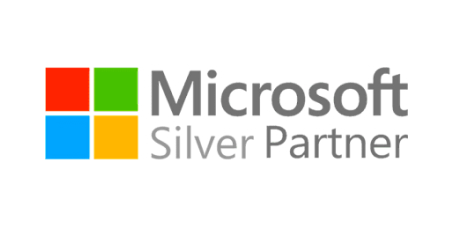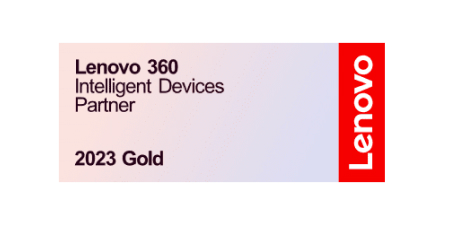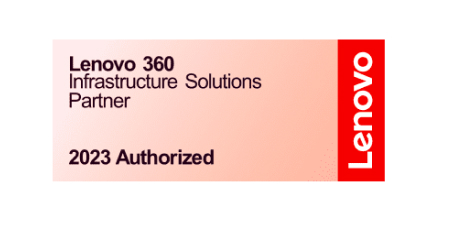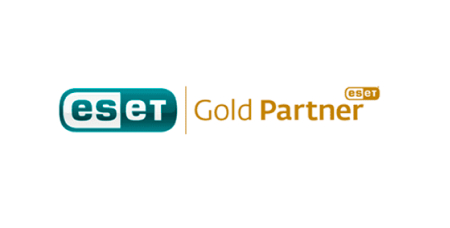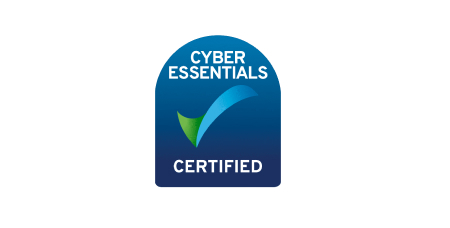Making IT Amazing
Why do we have the paradox that instead of improving agility and cohesion, ‘enabling’ more flexible working patterns, the opposite can be the case with IT investment?
Instead of better information flow, for example, access to relevant data is more complex, while any expected reduction in the operational costs of the business fail to materialise.
The implications are increased vulnerability, as well as an impact on effectiveness, an increased difficulty in remaining competitive and being on the same wavelength as their customers. For a report being researched and written by DECISION magazine for HB Tech, companies consider what they need to address if IT is to deliver key objectives.
This is one of the papers to be published in the report.

Cathy Revis
Managing Director
Fiander Tovell
MOST, IF NOT ALL business leaders will cite customer service as their priority, but that, says Cathy Revis, managing director of sixty-strong accountancy practice Fiander Tovell, isn’t going far enough.
“Actually, in this digital age, it really has to be about making it personal,” she explains. “It’s all very well for a professional services firm to say it is partner-led, but it has to genuinely deliver that, rather than it being the intention. For us it means that each of our partners is responsible for the delivery of service for a client across all disciplines. So, for example, they shoulder the responsibility of making sure the right specialist is working on a particular task.”
She takes the view that IT should better enable an organisation to place people rather than process at the centre of the relationship. “Our approach is that IT makes us more efficient, which will enable us to have more time to build that relationship, and to meet the growing expectations of the client in terms of delivery,” she explains.
“The problem is that technology makes it easy to communicate without personal contact and it can be quicker to send an email rather than trying to speak to someone. But is sole reliance on digital communication always more rewarding? I thought at first it was a generational thing, with zillennials using Snapchat and Instagram, but those in their forties and fifties can be just as happy to have some form of digital communication as their default.”
“But just because technology makes something possible, that doesn’t mean it’s the best way,” suggests Revis. “I do have a concern that certain conversations shouldn’t take place by video conference, and I think if you are using the medium for a negotiation, it makes it harder to ‘read’ people. The benefit of course is that a video conference takes less time than a meeting which people have had to travel to, and it does mean that you can work with clients from further afield because eliminating journey time makes it viable.”
And IT has created other options in the delivery of professional services. “With digitised documentation, we can carry out an audit without attending the client’s premises, and that couldn’t have happened just a few years ago,” says Revis. “The interesting thing is that today, advances in technology are not just the preserve of the big four in our profession but can be applied by the smallest of practices.
“IT makes us more efficient because there is less manual intervention, but what the clients need to experience is a slick process rather than a lessening of personal service. If it is properly applied, IT should enable a firm to accentuate its core characteristics.”
However the implementation of a system which at face value should enhance the relationship with the client doesn’t always meet expectations. “We should be able to pull together all the data and documentation that a client wants to access through a portal and place it in a digital filing cabinet for them,” says Revis. “But I think systems can still be too cumbersome and what the client is looking for isn’t always easy for them to find.”
She also makes the point that because the use of new technology is becoming more intuitive and self-explanatory, there can be a temptation for a business to provide its people with just the product training.
“But the introduction of new IT will result in change when it comes to a business process,” Revis says, “so time also has to be invested to make sure people are comfortable with a different way of working if technology is to be used effectively and without compromising a company’s approach to service. What will help is having a champion for that new IT from within the business, who can have ‘dropin’ calls with colleagues to share thoughts and suggestions.
“It’s often said that the biggest challenge is the effective implementation of new software but actually you have to make sure the process is right to start with. Then consideration has to be given as to whether the new technology will integrate culturally as well as operationally. And once the solution has been tested you have to ensure people want to use it rather than harbouring a desire to revert to how they did things before.
“Effective IT is dependent on managing change, communicating so that employees and clients are able to see the benefits themselves. What Covid-19 has demonstrated is our reliance on IT to function, but as we move further with agile working, we need to look closely to identify security vulnerability.”
What Revis believes is necessary is a different mindset about the way IT is addressed. She explains: “We need to develop a way of thinking strategically about IT rather than just in the here and now, having discussions about what could be over the hill rather than just operational issues and the pros and cons of the cloud. We try to look at three years ahead at what we would like to be able to deliver for the client and what we would need to put in place in terms of technology to achieve that. The very fact this is always on the board agenda is progress.”
Researched and published by
DECISION magazine
www.decisionmagazine.co.uk


